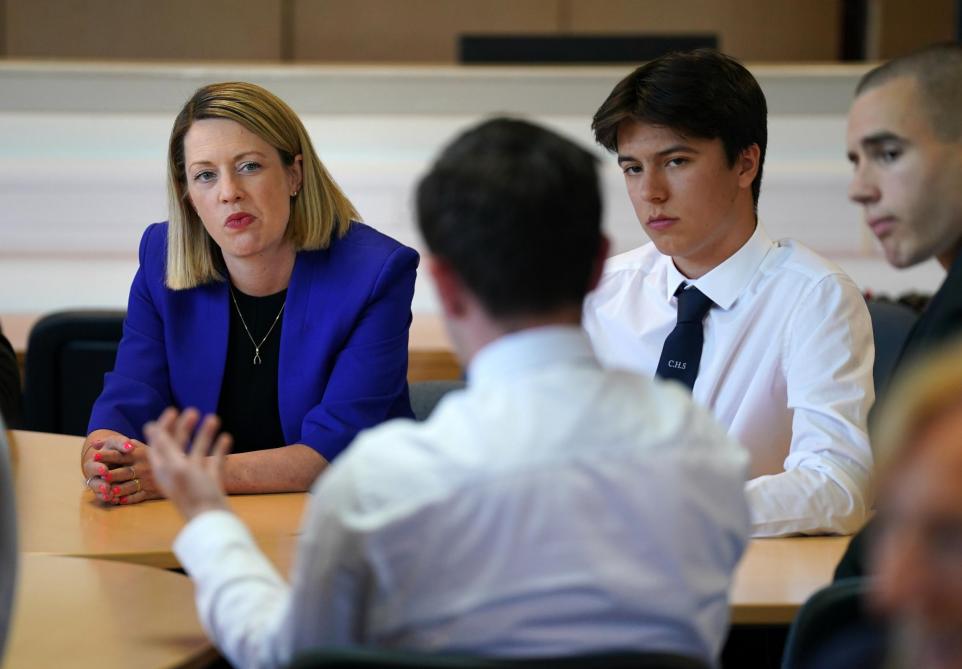The Scottish Government has claimed that attainment is "at a record high" following the release of the latest statistics for literacy and numeracy in Scotland's schools.
Is it true?
For the most part, yes – but not by very much.
It is certainly true that, across primary and secondary levels, and in all of the literacy and numeracy metrics, most of the scores this year are higher than those recorded previously. In a few cases, the scores this year are either equal to or very slightly lower than the existing record. But the actual size of the improvements is generally very small.
The one area in which the government’s claim is undeniably true is the number of pupils achieving Level 4 in S3, but the size of the changes here compared to all other levels suggests – correctly – that the figures probably aren’t comparable.
Attainment gap data also broadly supports the assertion of attainment being at a record high. In almost all cases, the gaps between rich and poor pupils are lower than they were pre-pandemic and back when the measurements started, although in some cases the differences are fractions of percentage points that, under different circumstances, a government might reasonably argue are not large enough to be significant.
How far back do the records go?
Well that’s part of the problem – they don’t go back very far.
The current system, called Achievement for Curriculum for Excellence Levels (ACEL), was only introduced in 2016. It replaced the widely-respect and extremely accurate Scottish Survey of Literacy and Numeracy, changing the metrics to such a degree that previous comparisons became impossible.
Due to the pandemic, no data was gathered in 2019/2020, and the same remained true for secondary schools in 2020/2021. Any data gathered that year would have to come with a significant, Covid-related caveat.
So even if the results are the highest ever recorded by ACEL, we’ve not being doing this for long enough for that to be regarded as a particularly significant achievement.


